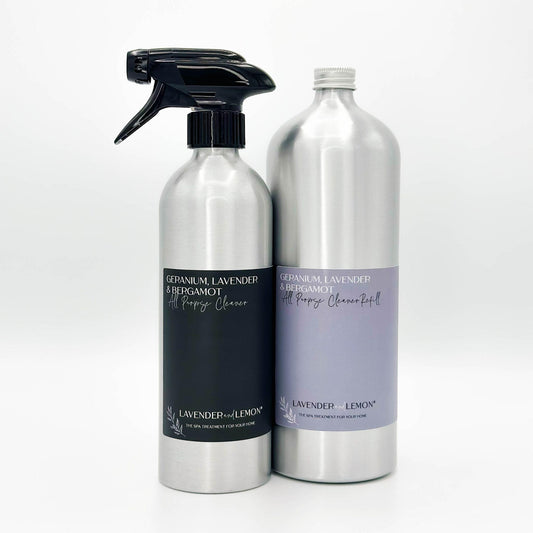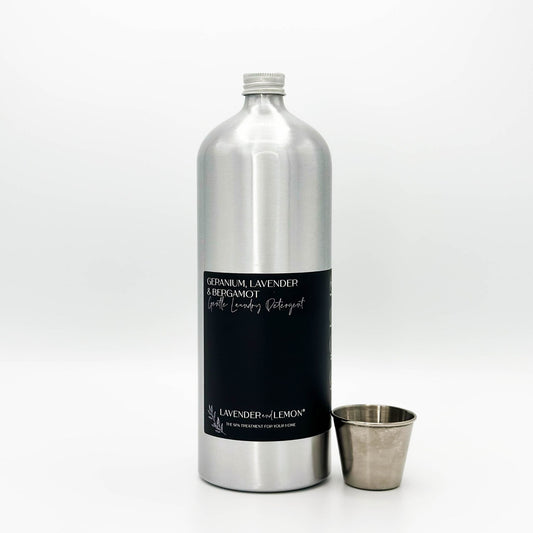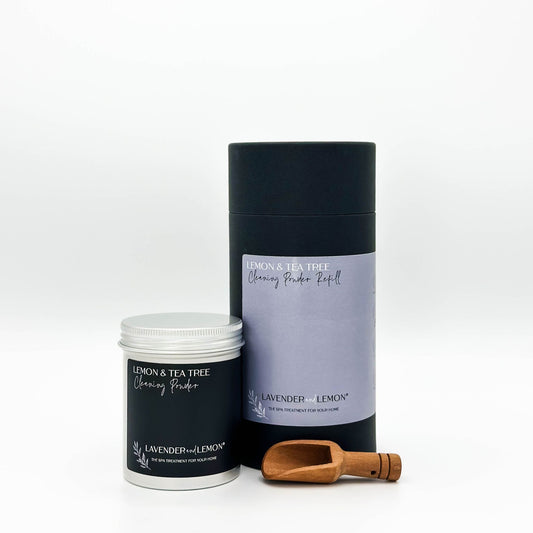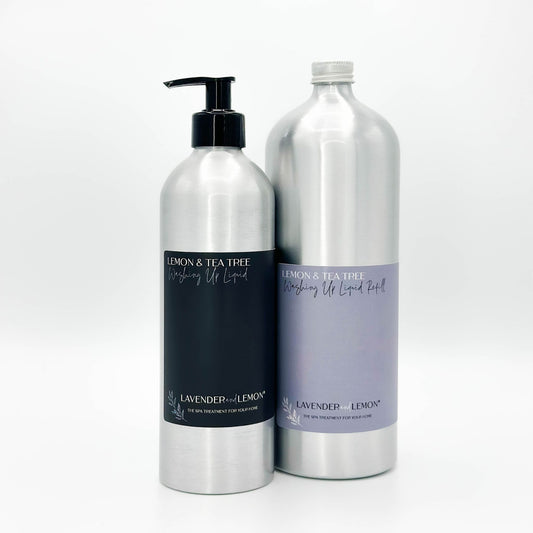Free Shipping Over £40
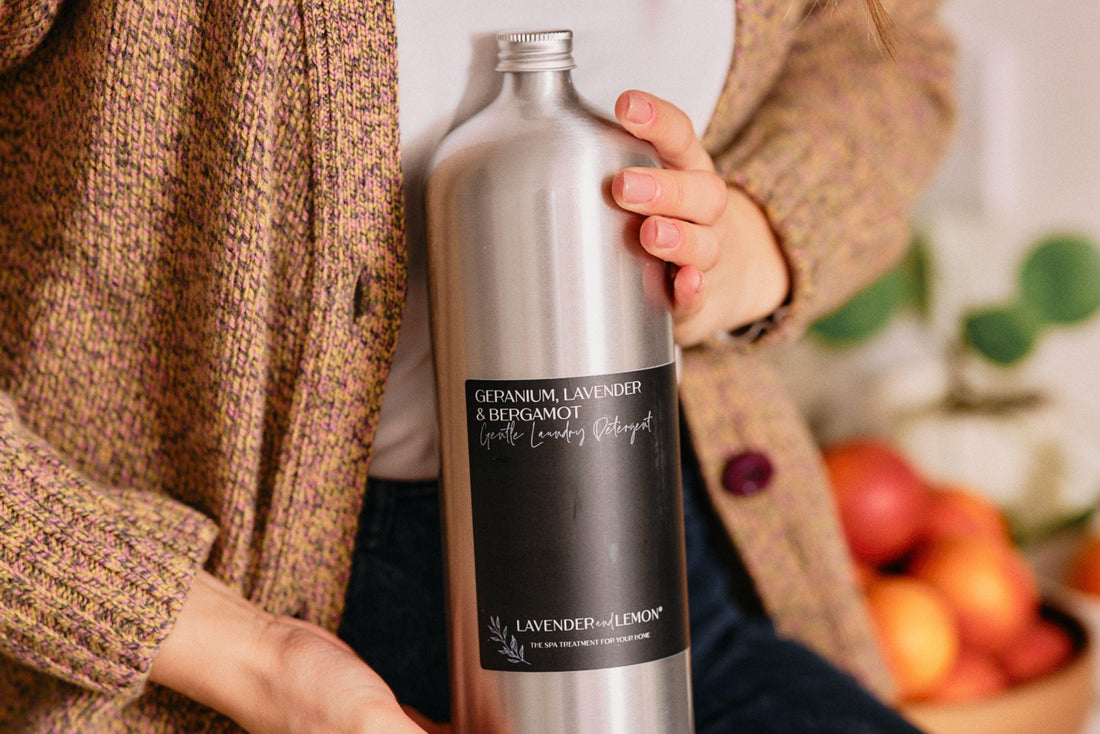
The Best Detergent for Wool: A Guide to Properly Caring for Your Wool and Silk Garments
Share
When it comes to caring for delicate fabrics like wool and silk, choosing the right detergent for wool is crucial. Many assume that wool detergent must contain lanolin to be effective, but in fact, lanolin is not necessary for most washable wool items. In many cases, it can even lead to a buildup on the fibers, attracting dirt and reducing the softness of your garments. The best choice is a mild, neutral detergent for wool and silk, specifically labeled for delicates, ensuring your fabrics remain clean, soft, and protected.
In this blog post, we’ll dive into why lanolin isn’t essential for washing wool, explore how to choose the best wool detergent, and provide helpful tips for cleaning wool and silk garments effectively.
Why Lanolin Isn’t Necessary for Washing Wool
Lanolin is a natural oil found in sheep's wool that helps repel water and protect wool fibers in their natural state. However, most washable wool garments don’t require lanolin for cleaning. In fact, using a detergent for wool that contains lanolin can lead to issues such as:
- Buildup on Fibres: Lanolin can leave a residue on wool garments, causing them to become sticky and attract dirt over time.
- Reduced Softness: With continued use, lanolin-based detergents can make wool fabrics feel heavy or waxy rather than soft and fluffy.
- Increased Washing Frequency: The buildup from lanolin can make wool garments look and feel dirtier more quickly, requiring more frequent washing.
For these reasons, a wool detergent without lanolin is usually the best choice for washing wool and silk. A neutral, mild detergent that’s labeled “delicate” or “gentle” will clean effectively without adding unnecessary oils to the fibres.
How to Choose the Best Detergent for Wool and Silk
When looking for a detergent for wool and silk, it’s important to focus on products that are gentle, free from harsh chemicals, and specifically designed for delicate fabrics. Here’s what to look for:
1. pH-Neutral Formulation
Wool and silk are natural protein fibers that can be easily damaged by acidic or alkaline detergents. Choosing a pH-neutral detergent for wool ensures that the natural oils in the fibres are preserved while providing a thorough clean. This keeps your woollens and silk garments soft, vibrant, and free from shrinkage.
2. Enzyme-Free
Many conventional detergents contain enzymes that break down protein-based stains like food or sweat. However, because wool and silk are protein-based fibres, these enzymes can actually damage the fabric. Always opt for an enzyme-free wool laundry detergent to protect the fibers while washing.
3. Gentle for Delicates
When shopping for a wool detergent, look for those labeled for delicate fabrics. These detergents are formulated to be gentle on fragile fibers and provide the right balance of cleaning power without damaging the texture or structure of your wool and silk garments.
4. Free from Synthetic Additives
Harsh chemicals, synthetic fragrances, and brighteners can irritate the fibres of wool and silk. A mild washing liquid for wool or wool wash detergent that is free from these additives will help keep your fabrics in their best condition, while also being safer for sensitive skin.
[product=gentle-laundry-detergent]
✓ Eco Friendly Laundry Detergent
✓ Zero Harsh Chemicals, 100% Clean
✓ Gentle on Fabric, Tough on Dirt
[/product]
Top Detergents for Wool and Silk
Now that you know what to look for, let’s explore the different types of detergents for wool that are perfect for keeping your garments in great condition.
1. Laundry Liquid for Wool
A laundry liquid for wool is typically the best choice for machine or hand washing delicate wool and silk garments. It dissolves quickly in water and penetrates fibers easily, ensuring a thorough yet gentle clean. Look for a liquid detergent that’s pH-neutral, enzyme-free, and labeled for delicates.
2. Washing Liquid for Woollens
For woollen sweaters, scarves, and blankets, a washing liquid for woollens provides the perfect solution for cleaning without damaging the fibers. These products are designed to protect wool’s natural softness and prevent pilling or shrinkage. Whether hand washing or machine washing, this detergent keeps your wool items looking their best.
3. Washing Powder for Wool
If you prefer powder detergents, there are washing powders for wool specifically formulated to gently clean woollen items. Ensure that the powder is free from harsh chemicals and safe for use on wool to prevent fiber damage. Like liquid detergents, these powders should be mild, enzyme-free, and effective at cleaning wool without residue.
How to Wash Wool and Silk: Step-by-Step Guide
Whether using a wool detergent, washing wool detergent, or wool wash detergent, the right washing technique is just as important as the detergent itself. Follow this step-by-step guide for best results:
1. Check the Care Label
Always start by checking the care label on your wool or silk garment. Some items may require dry cleaning, while others can be hand-washed or machine-washed on a gentle cycle.
2. Select a Mild Detergent for Wool
Choose a detergent for wool or detergent for wool and silk that is pH-neutral and enzyme-free. These detergents are formulated to clean gently while protecting the integrity of delicate fabrics.
3. Hand Wash or Use a Delicate Cycle
- Hand Washing: Fill a basin with cool or lukewarm water and add a small amount of your chosen wool detergent. Submerge your garment and gently swirl it around to release dirt. Let it soak for 10-15 minutes before rinsing thoroughly with cool water.
- Machine Washing: If machine washing, place your wool garment in a mesh laundry bag to prevent stretching. Use the delicate or wool cycle with cold or lukewarm water and add your wool laundry detergent.
4. Rinse and Squeeze Gently
After washing, gently squeeze out excess water without wringing or twisting the fabric. Lay the garment flat on a clean towel, then roll it up to absorb the remaining moisture.
5. Air Dry Flat
Wool and silk should always be air-dried to prevent shrinking or distorting the shape. Lay the garment flat on a drying rack or clean towel and reshape it while damp. Avoid direct sunlight or heat sources that can cause damage.
Maintenance Tips for Wool and Silk
- Store Wool Properly: Wool items should be folded and stored in a cool, dry place to avoid stretching. Use cedar balls or lavender sachets to keep moths at bay.
- Use Minimal Detergent: Too much detergent can leave residue on wool fibers, making them feel sticky. Use the recommended amount to ensure a proper rinse.
- Avoid Heat: Always wash wool and silk in cold or lukewarm water and avoid tumble drying to prevent damage.
The Right Detergent for Wool and Silk
Choosing the right detergent for wool can make all the difference in extending the life of your woollens and silk garments. By opting for a mild, pH-neutral, enzyme-free detergent, you’ll preserve the softness, colour, and structure of your delicate fabrics without the need for lanolin. Keep your wool and silk items looking their best by following the proper washing techniques and using a specialised wool wash detergent that delivers effective, gentle cleaning.
RELATED ARTICLES
Understanding the Difference Between Bio and Non-Bio Laundry Detergent: Which Is Right for You?
The Benefits of Non-Bio Laundry Liquid: A Gentle and Effective Option for Your Laundry
The Benefits of Using Eco Laundry Detergent for a Sustainable and Clean Home
The Ultimate Guide to Choosing Laundry Detergents for Sensitive Skin
Discover the Best Laundry Products in the UK: A Guide to Eco-Friendly and Natural Detergents
The Benefits of Using Environmentally Friendly Laundry Detergent for a Sustainable Home
Why Choose Organic Laundry Detergent for a Cleaner, Greener Home
The Benefits of Lavender Laundry Detergent: A Natural Way to Freshen Your Clothes
Which Laundry Detergent is the Best? A Guide to the 5 Best Laundry Detergents for Every Need
Why Choose Non-Toxic Laundry Detergent in the UK? A Guide to Safer, Healthier Laundry
The Benefits of Using Essential Oils for Laundry: A Natural Way to Freshen Your Clothes

